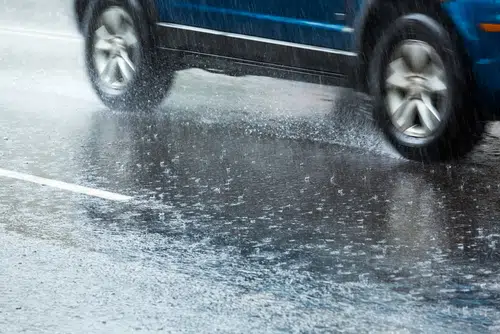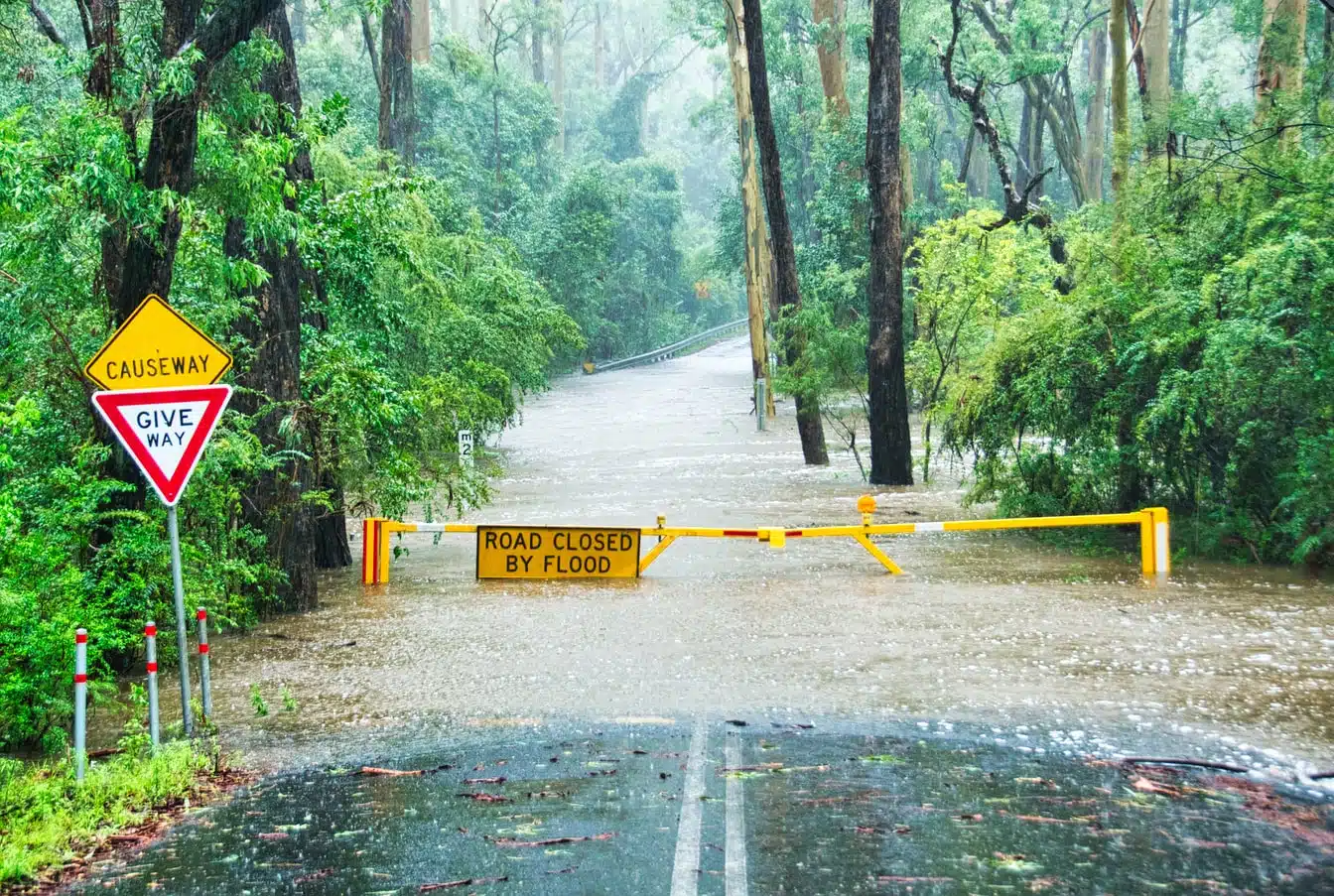Home » Blog » Car » Car Health & Safety » Wet Road Conditions – Driving During La Niña
Categories
Tags
animal welfare
breed profile
buying a car
buying a pet
Car
car accessories
car care
car features
car insurance
Car safety
car sales
car service
cat
cat behaviour
cat body language
Cat Breeds
cat food
cat insurance
comprehensive car insurance
Dog
Dog Behaviour
dog body language
Dog Breeds
dog food
Dog Insurance
dog training
eco friendly cars
Kitten
New Car
pet accessories
pet activities
Pet Adoption
pet breeders
pet days of the year
pet fun stuff
Pet Health
pet insurance
pet parenting
Pet Safety
pet services
Puppy
rescue pets
road safety
road trip
safe driving
Recent Blog:
Facebook Posts
3 days ago
Are intestinal worms setting up camp in your dog’s gut without paying rent? Here’s how to spot the main culprits and get rid of them too:![]()
![]() Preventing, Identifying and Treating Intestinal Worms in Dogs - bit.ly/43YjCKu
... See MoreSee Less
Preventing, Identifying and Treating Intestinal Worms in Dogs - bit.ly/43YjCKu
... See MoreSee Less
Preventing, Identifying and Treating Intestinal Worms in Dogs
www.pd.com.au
Intestinal worms, such as roundworms in dogs are one of the least glamorous topics on the planet. These intestinal parasites that basically use our dogs
PD Insurance
with Dogs West.
5 days ago
We enjoyed meeting #breeders #doglovers and members at the Dogs West Open Day. Special thanks to our partner Dogs West for organising an incredible event. There is still time to enter our pawsome competition. Click here for details: bit.ly/4covyce![]() #PDinsurance #dogswestopenday #dogswest
... See MoreSee Less
#PDinsurance #dogswestopenday #dogswest
... See MoreSee Less
5 days ago
Did you know? The Manx is a breed that is known for its lack of a tail, which is caused by a genetic mutation.
... See MoreSee Less
Australia is likely to experience a La Niña weather pattern for the next few months, bringing increased rainfall and higher chances of flooding. Why is this important to drivers? Bad weather can make driving conditions much more difficult (see our article on driving in severe weather). It increases your chances of having to navigate wet road conditions while you’re out and about, and getting caught in a flood on the road.
As a nation of sun-lovers, we’re not always accustomed to driving in wet conditions! While we’re clued up on summer driving risks, tackling the roads during or after heavy rains can be a scary experience.
What exactly are you meant to do to get to your destination safely if you get caught out in less-than-perfect weather? You’ve probably heard a lot of conflicting information over the years. We’re here to clear that up once and for all.
When avoiding driving on wet roads is impossible after bad weather, here’s how to tackle them with confidence.
What is La Niña?
Many of us are familiar with the El Niño weather pattern which causes drought, reduced rainfall, and generally drier and hotter weather conditions.
In broad terms, La Niña is the opposite of El Niño. In Australia, it normally causes increased rainfall and colder conditions, along with more tropical monsoons and an earlier arrival of the rains.
With more rains comes wet road conditions as well as lower visibility. So the arrival of La Niña often brings with it some difficulty with driving in wet conditions.
This means you’re at a greater risk of needing to make an insurance claim, and therefore be without your car for a time, which is in no way ideal…

Wet road conditions – the dangers
It’s always best to avoid driving through flood water. There are no exceptions to this rule. Driving through flood water can be dangerous. In fact, nearly half of flood-related deaths in Australia caused by drivers tackling flooded roads and bridges.
Firstly, it can be difficult to assess the depth of the water. This is particularly true if you’re unfamiliar with the roads, if it’s dark, or if there’s no real landmarks to use as an indication of the water level. When the water is deep, it’s also hard to tell what might be underneath.
Added to this, it’s easier than you imagine for your car to get swept away too. Flowing water in particular can be very dangerous, even if it’s moving slowly or is a small amount. In fact, just 30cm of flowing water can carry your car away.
On top of being dangerous to drive through, water on the roads can cause problems with a car’s electrical systems and engine. Driving through flood water can also cause damage to your car interior.
So even if you don’t run into any life-threatening problems, you might trigger some significant problems for your car. Which can mean significant repairs. Which in turn may mean you’ll need to claim on your insurance. Is it worth the risk?
If there’s any option whatsoever for you to take another route or wait for the water to recede, do so!

How to navigate wet road conditions
With La Niña promising more rain than usual, most motorists will find themselves driving in the rain over the next few months. If not, you’ll definitely face it at some point in your life.
Slow down and keep eyes peeled
The most important thing to remember (other than never to tackle flood water or torrential rain!) is that you’ll need to drive much slower than usual.
Because rain makes it harder to hear other sounds, you’ll have to rely on your eyesight even more than usual. Using your lights will give you better visibility of the road ahead and help you to keep an eye out for any debris that might be on the road. Your lights will also help other drivers see you.
Reduce distractions
Remember to defog your windscreen, keep your field of vision as clear as possible and avoid looking away from your windscreen and mirrors.
Consider further reducing distractions by turning off your phone and radio while you navigate the wet road conditions. Unless you’re relying on the latter for weather updates.

Drive further back
Make sure to leave a longer stopping distance than usual between you and the next car. Even if you’re going slowly. You want to avoid having to brake suddenly when driving on wet roads. Use your brakes earlier than usual to let other drivers know that you’re slowing down. Also, make sure to brake smoothly and in plenty of time. When it comes to trucks or buses, give them even more distance if possible.
Stop and wait if needed
And if there’s really heavy rainfall or hail, seriously consider pulling over until it lets up. If it’s legal and safe to do so, of course. Avoid stopping in heavy traffic areas unless feasible and in areas that look like they’re about to flood.
Getting to your destination is on time is never worth risking your life.
Insurance to the rescue
Breakdown numbers always increase during heavy rains and floods, as do the number of car insurance claims.
Not only does the damp cause problems with your car, and the reduced visibility cause accidents, but drivers often make poor decisions and get stranded.
Remember that our PD Insurance customers can add roadside assistance to their policy. With so much rain on the horizon, maybe it’s time to get a quote?
Share On:




